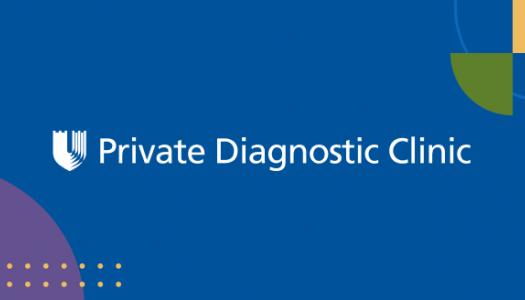The DHIP is pleased to announce that 25 DHIP Members from eight clinical departments have received grants to expand their involvement in basic science research. The ENhanced Academics in a Basic Laboratory Environment (ENABLE) program provides up to two years of salary support to DHIP members to dedicate a portion of their effort working closely with a primary research team.
The goals of the ENABLE program are to support the career development of DHIP members and to embed a clinician into a research environment to advance the research and clinical program.
2015 ENABLE RECIPIENTS
Adams, Samuel (Orthopaedics): The Kynurenine Pathway: Linking Osteoarthritis, Pain, and Depression
Armstrong, Sarah (Pediatrics): Reducing Obesity and Chronic Disease through Clinical and Basic Science Collaboration
Bahnson, Tristram (Medicine): Pilot for Large Multi-center Outcomes Trials of Potentially Transformative Technology for Guiding Catheter Ablation of Cardiac Arrhythmias
Balikcioglu, Pinar Gumus (Pediatrics): Pathogenesis and Prevention of T2D
Buckley, Anne (Pathology): Effects of Neuronal Stimulation Activity on the Growth of Neoplaotis Aotroeyteo
Cardones, Adele Rambi (Dermatology): Evaluation of Molecular Events Important in the Regulation of TGF-beta Signaling in Cutaneous Sclerosis and Chronic Cutaneous Graft versus Host Disease
Clowse, Megan (Medicine): The Investigation of Issues Surrounding Rheumatologic Disease During Pregnancy
Dicks, Kristen (Medicine): Understanding the Serofast State, Improved Treatment Algorithms for Patients with Syphilis, Improved Patient Outcomes and Satisfaction, and Potentially Novel Diagnostic Testing for Syphilis
Dvergsten, Jeffrey (Pediatrics): Developing Innovative Therapies for Treating Autoimmune Disease
Erikkson, Melissa (Orthopaedics): Biomechanical Assessment of Posterior Instrumentation Constructs for Spine Injuries
Foo, Wen-Chi (Pathology): Investigation of the Relationship between Post-transcriptional Factors in AA Prostate Cancer and Gleason Grade
Guy, Cynthia (Pathology): Deregulated Liver Repair and Cirrhosis: Identification of new, discriminating markers of hepatic stellate cells
Hahn, Paul (Ophthalmology): Artificial and Regenerative Vision - Innovative Translational and Clinical Approaches
Hickey, Patrick (Neurology): Use of Diffusion Tractography 3D Maps of White Matter Connections in the Human Brain
Hobson-Webb, Lisa (Neurology): Ultrasonographic Shear Wave Dispersion in Peripheral Nerve Inflammation
Huang, Yuh-Chin T. (Medicine): Using 129Xe MRI to Phenotype Early Asthma
Joshi, Anand (Orthopaedics): The Role of Inflammatory Cytokines In Intervertebral Disc-related Low Back Pain
Limkakeng, Alexander (Surgery): Statistical Modeling for An Acute Care Precision Medicine Initiative
Rizzieri, David (Medicine): Improved Immunotherapy Through NK Cell Activation
Seyler, Thorsten (Orthopaedics): Targeting Biofilm to Improve Arthroplasty Outcome
Shah, Ankoor (Medicine): Lymphocyte Profile Predictors of Pulmonary Disease in Systemic Sclerosis
Strickler, John (Medicine): Collaboration to Test First-in-human Immuno-oncology Therapeutic Combinations
Vajzovic, Lejla (Ophthalmology): Diagnosing Retinal Disease in Infants and Children with Long Working Distance Swept Source Optical Coherence Tomography Imaging: A Novel Design
Van Mater, Heather (Pediatrics): Characterizing IBrainD Conditions Clinically and Investigating the Underlying Etiology of Disease
Weber, Thomas (Medicine): Use of Clinical, Biochemical and Cellular Profiling to Characterize Patients with Primary Hyperparathyroidism
